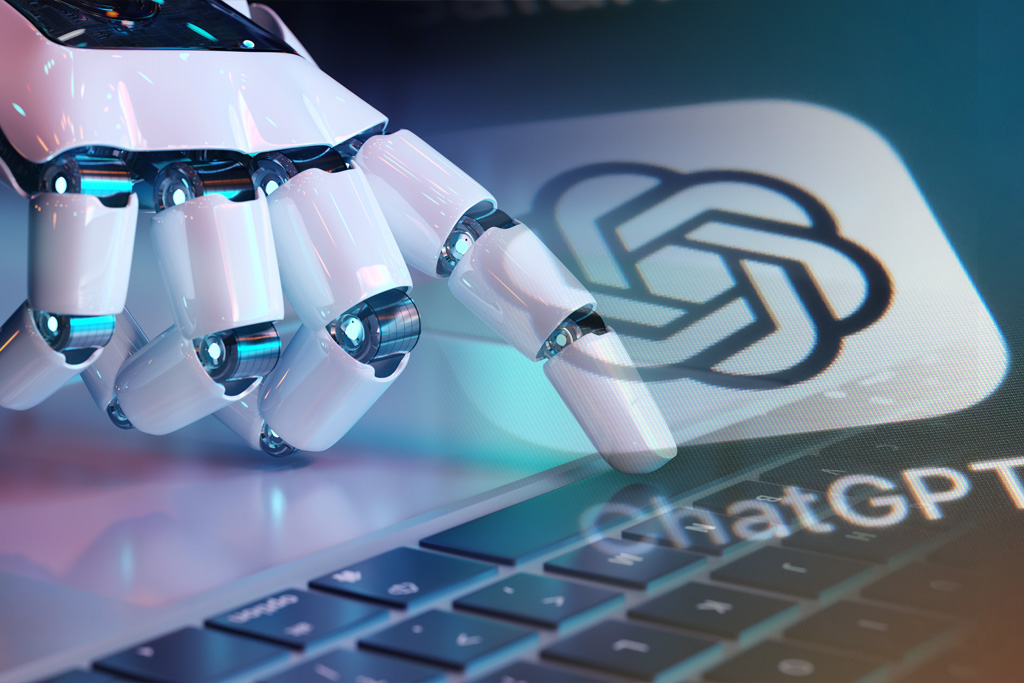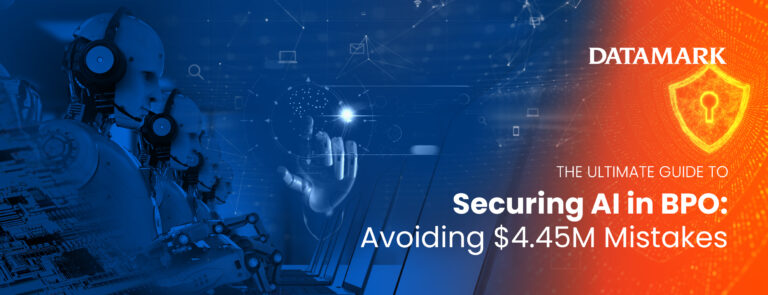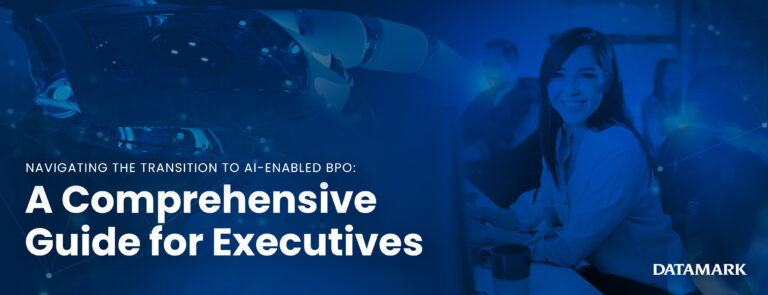
RPA and ChatGPT: Practical Applications Beyond the Hype
The founder of analyst firm HfS Research, Phil Fersht, recently posted a provocative statement on his LinkedIn page. He suggested that the same people that sold enterprises with the hype of Robotic Process Automation (RPA) are now doing it again with GhatGPT.
There is some truth in what Phil has stated. But there’s always been a certain amount of hype in the technology industry. New ideas and products arrive, and they are sold with the promise that they can automate or transform the enterprise. Often, these products are in the wrong hands; therefore, not many implementations work out how they should.
The Gartner Hype Cycle is an excellent visual summary of what Phil is complaining about. The 2022 version lists generative AI at the start of the innovation process. It predicts it will reach a plateau of productivity within 5-10 years.
Navigating the Hype in RPA and ChatGPT Implementations
Many would now argue that ChatGPT and other generative AI tools have already been used productively. This is remarkable considering that these tools have only been around for a few months. At DATAMARK, we have incorporated using these tools in production environments- they are real and here today.
Tools like RPA have been hyped and promoted in the past – just as Gartner always suggested. However, most users are now over the stage of believing that RPA can do everything to automate their business. They can see significant benefits in automating many specific business processes, but it can’t do everything. Spending on RPA is expected to rise from around$4 billion this year. It is projected to reach $24 billion by the end of this decade as the support for this technology is vastly growing.
Real-World Applications of RPA in Business Operations
RPA can significantly enhance back-office operations in an enterprise by automating repetitive, rule-based tasks and improving efficiency, accuracy, and scalability. In some areas, it can be applied quickly and is immediately effective. Examples include data entry and validation, as well as invoice and payroll procssing. All these processes have specific rules that need to be followed. The systems can be trained to track each order to its entirety with little to no errors.
Customer Onboarding is another good example. Most onboarding requires the customer to fill out information step by step. In such cases, RPA can help automate the process of collecting, verifying, and storing customer information in a CRM or other database. This automation makes the onboarding process faster and more efficient.
By automating these back-office tasks, RPA can help increase productivity. Additionally, it can also reduce costs, improve data accuracy. Lastly RPA frees up employees so they can focus on higher-value tasks and strategic activities. RPA isn’t just hype; it really can help, but it requires understanding how it works and what it can achieve – the main issue has usually been overpromising complete automation.
Transforming Customer Support and Content Creation with ChatGPT
ChatGPT has also attracted much attention, often from commentators who don’t understand what it is capable of. Whenever we see an advance in AI, some experts out there hype it as a replacement for everything.
There are several ways that tools like ChatGPT are going to make a genuine difference. One example would be that it takes advantage of the generative abilities of the bot – it can create answers and conversation at a moment’s notice.
Think of your company website. It probably has information on where your company is based, who is the management team, how long you have been operating, your products, and possibly also a section for Frequently Asked Questions (FAQ). The FAQ is often used for customer support as it contains solutions to the most common problems.
Traditionally the customer service agent(or customer if using a self-service system) will search and find where a particular problem is documented and then send the customer a link to that page.
Harnessing the Power of Generative AI
The difference with a generative AI system is that it will search all these information pages and create an entirely new answer for the customer. It will not lead the customer to a FAQ page; it instead makes a new bespoke answer for the customer based on the information in the FAQ pages.
It’s like comparing a Google search to ChatGPT. For example, if I search Google for the history of the Hudson River in New York, it will list all the best pages where I can go and find more information. Whereas ChatGPT will immediately create a new document with the history on the Hudson- I can even say, “Give the answer in under 500 words” or “Write the answer in a simple style that a child could understand.” And it will give you the answer you wish
Bottom Line
While RPA and Generative AI tools like ChatGPT hold immense potential, it is crucial to approach their implementation with a clear understanding of their capabilities and limitations. As highlighted by Phil Fersht, the danger lies in overpromising these technologies as universal problem solvers. However, when applied strategically to address specific business challenges, RPA and ChatGPT can serve as game changers, enhancing efficiency, automating repetitive tasks, and improving customer experiences. By leveraging these tools judiciously and aligning expectations with reality, organizations can unlock their true value and reap the benefits of advanced and generative AI in the right contexts.
What do you think of RPA and ChatGPT being applications beyond the hype? Let us know by leaving a comment on our LinkedIn company page, and click here to visit our website




